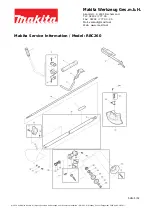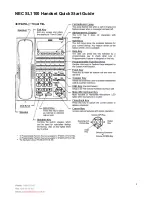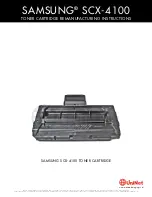
30
Manual: SolarSpectrum H-alpha-Filter and Baader Planetarium Telecentric Systems
Tips for Observing the Sun
A larger solar telescope makes special demands on observation conditions. Please
take note of the following tips:
• Let the telescope cool down well. Avoid that the sun moves out of the centre of
the image and illuminates and heats the inner walls of the tube. Do not turn the
telescope out of the sun during observation breaks, as then only one side of the
telescope will heat up unevenly. It is better to cover it. If you are observing from an
observatory, simply close the roof or dome slit so that the telescope is completely
in the shade.
• Wait for moments of good seeing. The large aperture leads to a high minimum mag-
nification, so that disturbing influences of bad seeing become visible, which are not
noticeable in smaller instruments. Observe the local conditions at your observation
site during the course of the day; the air is usually calmest in the morning.
• Keep your distance. Especially for photography, you can set up the control PC at a
greater distance behind the telescope. Even sitting next to the telescope can have a
negative effect on local seeing.
• Use a good glare shield. Both good eyecups and an observation cloth which is
white on the outside and black on the inside and which is pulled over your head are
very effective in blocking stray light and increasing the perception of detail.
• Avoid too small exit pupils when observing in H-alpha. The rule of thumb that the
maximum magnification is twice the telescope aperture in millimetres (i.e. an exit
pupil of 0.5 mm) does not apply to H-alpha observation because of the longer
wavelength. If the exit pupil is much smaller than about 0.8-0.7 mm, the image
contrast will eventually break down.
• Use a double polarising filter or a single circular polarising filter to suppress reflec-
tions. Some light attenuation can also make it easier to perceive faint structures.
• Some monochrome cameras show conspicuous Newtonian rings on H-alpha filters,
which cannot be eliminated even by flats. They are caused by interference in the
camera. Sometimes they only appear when observing with (or without) a reducer.
There are two ways to eliminate them:
Newtonian ringe are caused by interferences in a monochrome camera (here: ZWO ASI120MM).



































